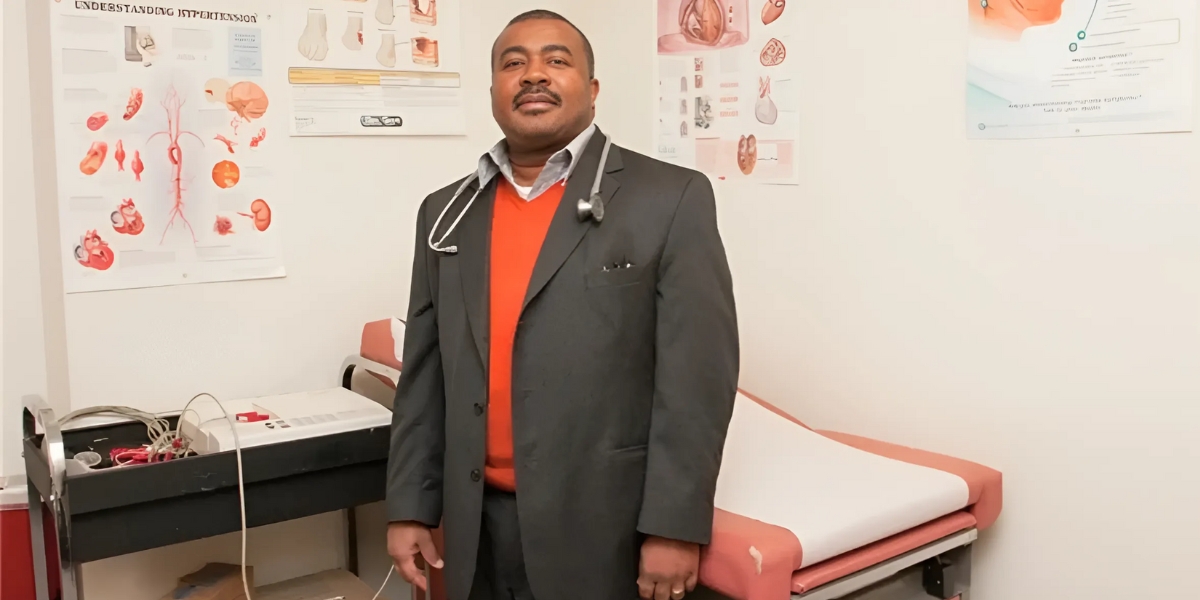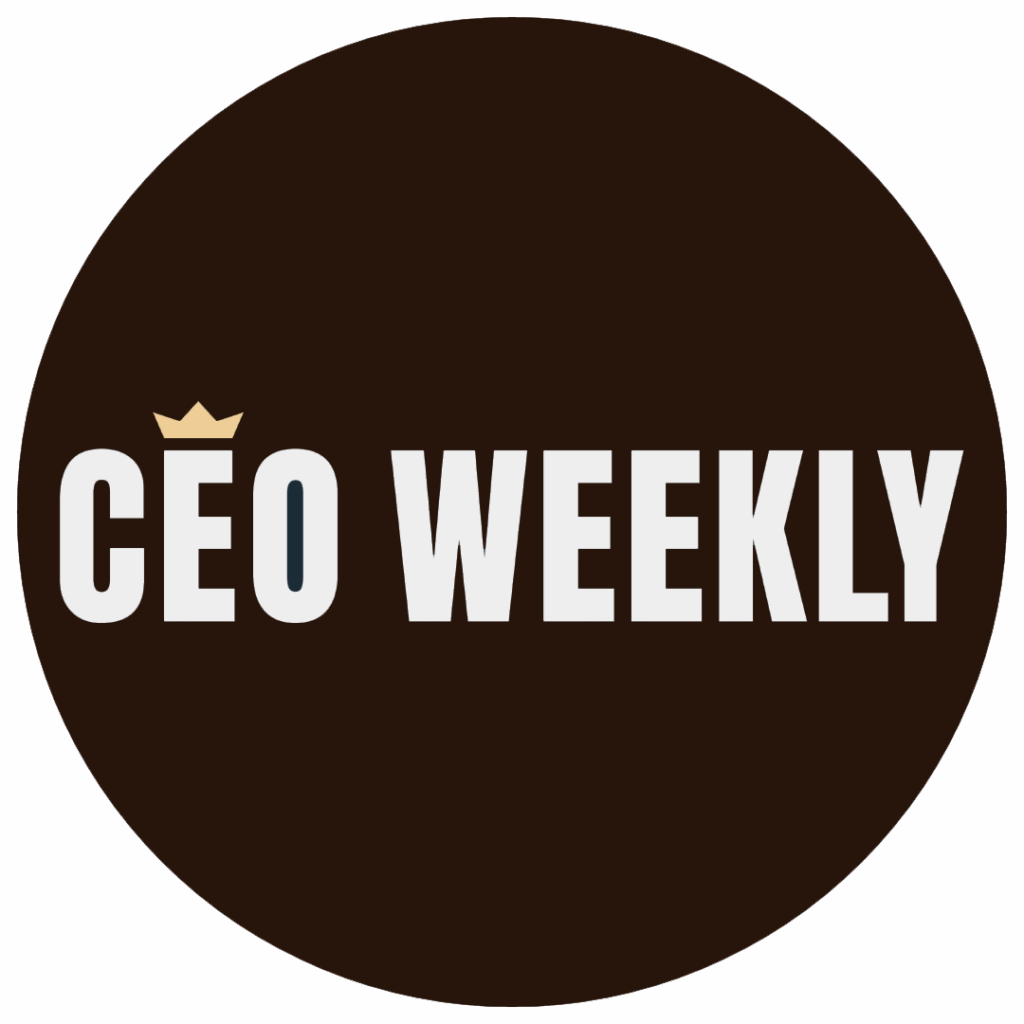The integration of cutting-edge technology in healthcare and senior care facilities has become a crucial factor in driving innovation and enhancing patient care.
While acquiring state-of-the-art tools is important, Joel Landau, the founder and chairman of The Allure Group, emphasizes that successful implementation requires unified effort and genuine collaboration among healthcare leaders within an organization. At The Allure Group, elderly patients have access to the latest health technologies, which is credited to Landau’s ability to collaborate effectively with other healthcare executives.
To navigate the challenges of adopting new technology and revolutionizing healthcare organizations, Landau provides insights on fostering collaboration:
A Shared Vision and Objectives
Successful collaboration starts with establishing a shared vision and objectives among healthcare executives. A harmonious alignment of goals ensures that all stakeholders are on the same page, working collectively towards a common purpose, avoiding conflicts, and creating a cohesive strategy that benefits all stakeholders. This entails transparent communication and active engagement, where leaders collaboratively define the desired outcomes and benefits of the technology integration.
Establishing a clear roadmap and articulating the anticipated advantages, such as improved patient care, streamlined processes, and enhanced operational efficiency, is how executives can effectively inspire their teams. Joel Landau emphasizes that a unified vision propels the adoption process, creating a cohesive environment where everyone is dedicated to the successful implementation and utilization of new technologies.
Transparent Communication
Open and transparent communication is paramount for effective collaboration. This demands open and honest exchanges among executives, staff, and stakeholders. Landau advocates for candid discussions about the challenges, benefits, and potential risks associated with new technology. This cultivates a culture of trust, where concerns can be addressed and innovative ideas can be freely shared. Healthcare executives must be forthright about their objectives, progress, and potential hurdles, so they can proactively manage expectations and facilitate smoother transitions. This practice not only minimizes misunderstandings but also empowers all parties to actively participate and contribute to the integration process, fostering a collaborative and informed environment.
Cross-Functional Collaboration
Implementing new technology affects various departments within a healthcare organization. To ensure successful adoption, health executives must collaborate across functional silos. This helps to break down silos and unite professionals from diverse departments. Pooling together expertise from IT, clinical, administrative, and other pertinent sectors provides a holistic understanding of the technology’s implications is cultivated.
Every organization should have a culture where interdisciplinary teams collaborate seamlessly, bringing multifaceted insights to the table. This synergy not only ensures a comprehensive evaluation of the technology’s potential but also paves the way for innovative solutions to challenges. Healthcare leaders must leverage the collective wisdom of various disciplines in order to make informed decisions, optimize implementation strategies, and ultimately enhance patient care while maximizing operational efficiency.
Empowering Middle Management
While executive leadership shapes the vision, middle management drives day-to-day implementation. Empowered with autonomy, they can effectively oversee the technology’s integration, aligning it with specific departmental needs. This approach not only expedites implementation but also fosters a sense of ownership and accountability.
Middle managers are change enablers, capable of translating overarching objectives into actionable steps. Their involvement in the process not only streamlines execution but also promotes a more fluid and adaptive adoption, ensuring that technology enhances healthcare outcomes organically. Health executives should empower middle managers by providing them with the necessary resources, training, and support. Involving middle management early in the process turns them into advocates for technology adoption, ensuring a smooth transition.
Embracing a Culture of Innovation
A culture of innovation is crucial for successful technology adoption because it fosters an environment where novel ideas are welcomed, experimentation is encouraged, and calculated risk-taking is supported. Encouraging staff at all levels to contribute creative solutions to challenges cultivates a dynamic ecosystem of progress. This culture also demands leadership that champions innovation, modeling a willingness to explore uncharted territories.
Such an atmosphere not only accelerates technology adoption but also positions the organization to stay at the forefront of advancements. A culture of innovation is the bedrock upon which successful and sustainable technology assimilation in healthcare thrives.
Continuous Evaluation and Learning
Regular evaluation of the technology’s impact enables the identification of areas needing refinement or modification. Healthcare executives must establish feedback loops involving stakeholders, enabling them to voice concerns and suggestions. This iterative process allows for agile adjustments, ensuring the technology remains aligned with evolving needs. Moreover, a commitment to learning, both from successes and setbacks, fosters a culture of adaptation. By staying attuned to real-world outcomes, organizations can harness insights to optimize their strategies, enhance patient care, streamline operations, and maintain the technology’s relevance amidst the ever-evolving healthcare landscape.
Joel Landau’s comprehensive framework for healthcare technology adoption underscores the vital components of shared vision, transparent communication, cross-functional collaboration, empowered middle management, embracing innovation, and continuous evaluation. True collaboration, according to Joel Landau, aligns the entire organization and leads to improved patient care, streamlined operations, and a brighter future for healthcare as a whole.








